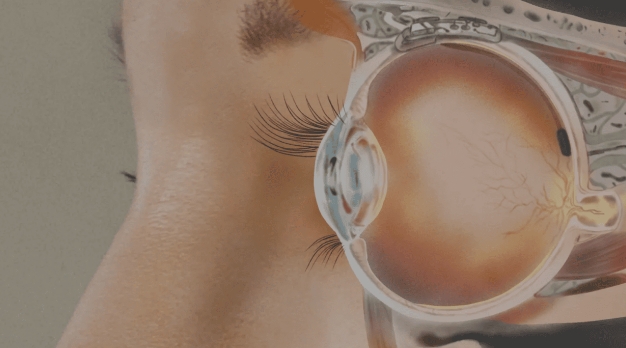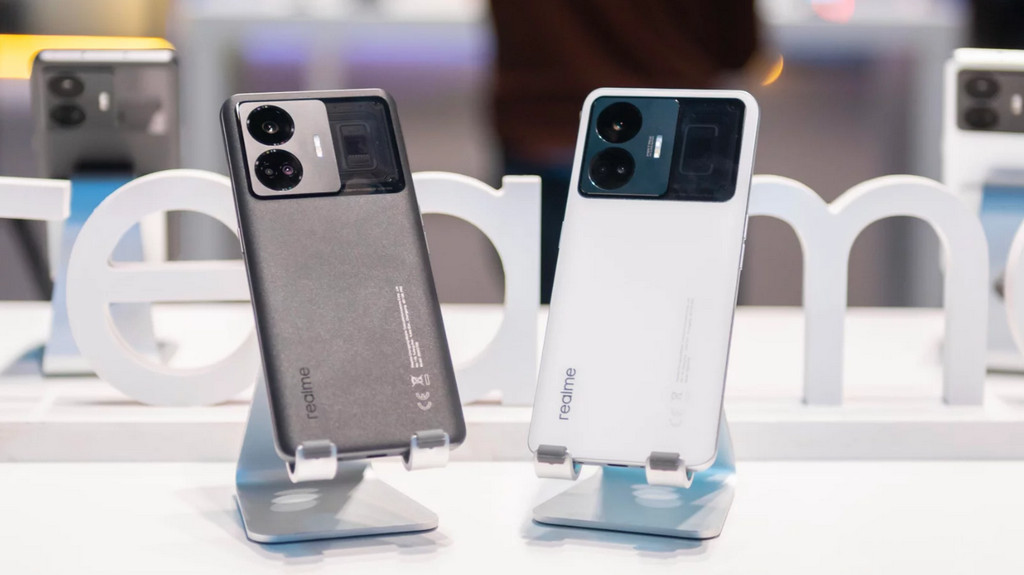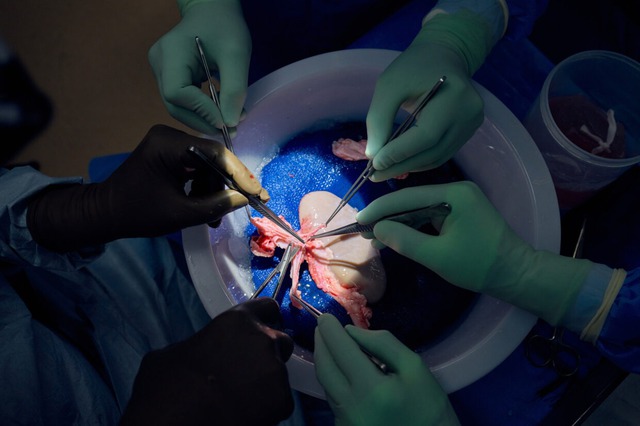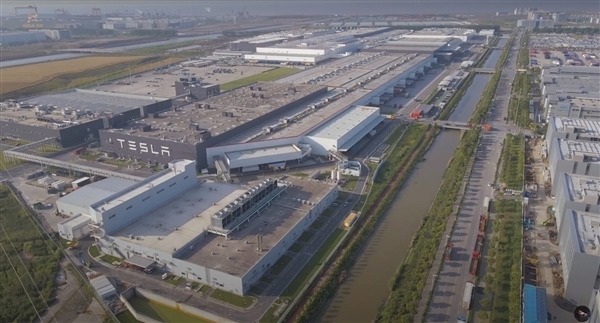Bio-company Develops Human Eye Replacement To Restore Vision Degraded By Retinitis Pigmentosa

A few days ago, a biotechnology company successfully developed FlexLED, a human eye substitute using MicroLED technology.
FlexLED can combine thin-film retinal displays and targeted activated retinal ganglion cells (RGCs) to restore vision in patients with photoreceptor degeneration caused by retinitis pigmentosa, macular degeneration, etc.
FlexLED is 0.03㎛ thick, can be used wirelessly and contains over 8000 pixels. In use, the FlexLED is secured to the back surface of the eye, while the accompanying electronics are mounted on top of the eye.
The device collects light and, through targeted activation of RGCs, allows the brain to convert light into vision.
The development team has carried out animal testing for the FlexLED with promising results, successfully stimulating the retina with light and eliciting activity in the visual cortex in a rabbit test model.
However, the reference does not directly state whether the device can restore any degree of visual perception, and the rabbit test model was also performed under general anesthesia, and the effectiveness of the technique in awake animals remains questionable.
[Source and Image credit]





